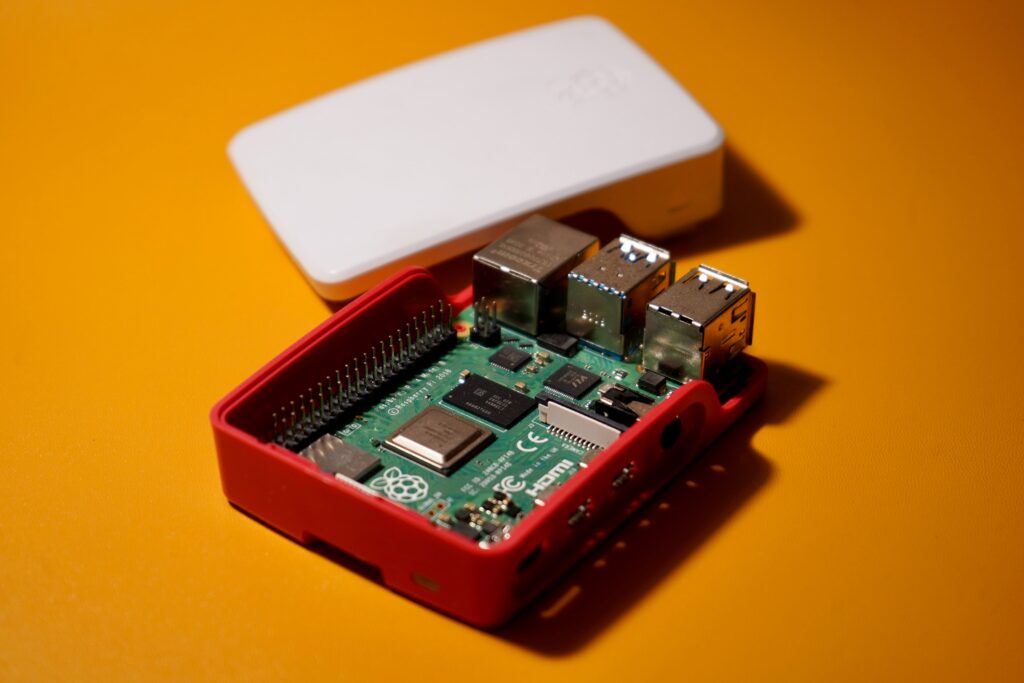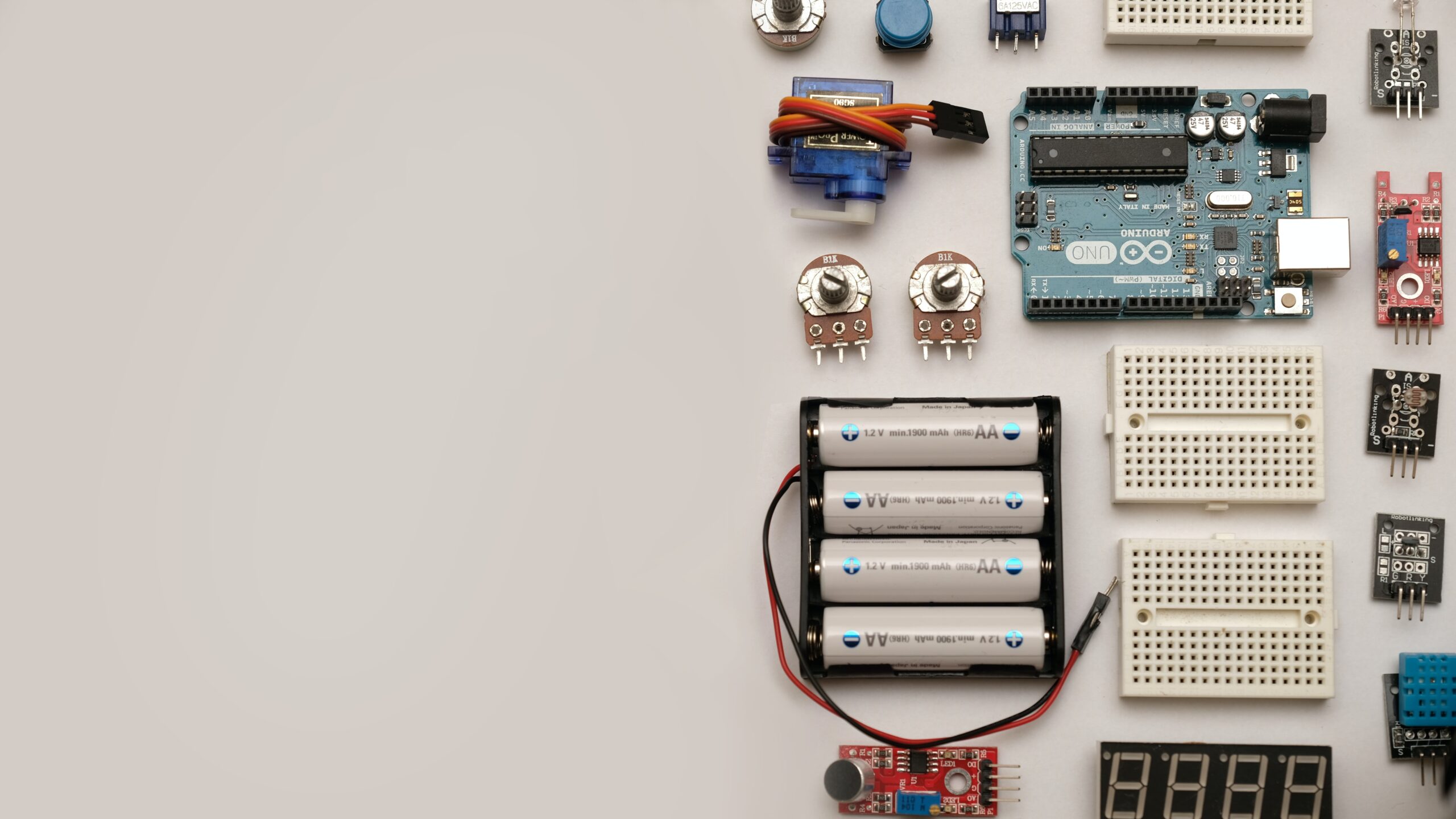The Internet of Things (IoT) has revolutionized the way we interact with technology, but it has also introduced significant security challenges. With billions of connected devices exchanging sensitive data, ensuring robust IoT security is crucial to protect against potential threats. In this article, we will explore the key challenges faced in IoT security and discuss best practices to mitigate risks and safeguard IoT deployments.
Understanding IoT Security Challenges

Device Vulnerabilities:
IoT devices often have limited resources and may lack built-in security features. Inadequate security measures make them vulnerable to attacks, such as unauthorized access, data breaches, and malicious manipulation.
Data Privacy and Integrity:
IoT devices generate and transmit vast amounts of data, including personal and sensitive information. Ensuring data privacy and integrity is a challenge, as data may traverse multiple networks and storage platforms, increasing the risk of interception or tampering.
Network Security:

IoT devices rely on networks for data transmission, and these networks can be susceptible to attacks. Weak encryption, unsecured Wi-Fi networks, and vulnerabilities in network protocols can be exploited by hackers, compromising the entire IoT ecosystem.
Lack of Standardization:
The absence of universal security standards and protocols in the IoT industry hinders interoperability and consistency in implementing security measures. This lack of standardization makes it challenging to ensure robust security across different IoT devices and platforms.
Best Practices for IoT Security
Strong Device Authentication:
Implementing robust device authentication mechanisms, such as cryptographic certificates or unique identifiers, ensures that only authorized devices can access the IoT network. This prevents unauthorized devices from joining the ecosystem and mitigates the risk of impersonation attacks.
Secure Communication:

Employing secure communication protocols, such as Transport Layer Security (TLS), ensures encrypted data transmission between devices and the cloud. Secure communication protocols protect against eavesdropping and data tampering, maintaining the confidentiality and integrity of sensitive information.
Regular Software Updates:
Keeping IoT devices’ firmware and software up to date is crucial for addressing known vulnerabilities. Manufacturers should provide regular security patches and updates to mitigate emerging threats and ensure the devices remain resilient against potential attacks.
Data Encryption:
Encrypting data both at rest and in transit provides an additional layer of protection. Encryption algorithms, such as Advanced Encryption Standard (AES), secure data stored in IoT devices and protect data during transmission, making it challenging for attackers to access or decipher sensitive information.
Access Control and Authorization:
Implementing access control mechanisms, such as role-based access control (RBAC), restricts unauthorized access to IoT devices and data. By granting specific privileges to authenticated users or devices, access control ensures that only authorized entities can interact with sensitive data or perform specific actions.
Robust Identity and Access Management:
Properly managing user and device identities is essential for IoT security. Implementing strong authentication methods, multi-factor authentication, and centralized identity management systems ensures that only authorized individuals can access and control IoT devices and data.
Security Monitoring and Incident Response:
Deploying robust security monitoring systems allows for real-time detection of anomalies and potential threats. Continuous monitoring of IoT devices and networks enables quick response and mitigation of security incidents, minimizing potential damages and ensuring the integrity of the IoT ecosystem.
Conclusion:
Securing the Internet of Things is a complex and evolving challenge, but it is crucial to protect data, privacy, and infrastructure. By addressing the unique security challenges of IoT, implementing robust security measures, and following best practices, organizations and individuals can enhance the security posture of their IoT deployments. With a focus on strong device authentication, secure communication, regular updates, data encryption, access control, and incident response, we can build a resilient IoT landscape that harnesses the benefits of connectivity while safeguarding against emerging threats. By prioritizing IoT security, we can unlock the full potential of this transformative technology while ensuring a safe and secure digital future.

